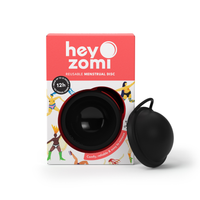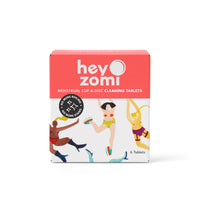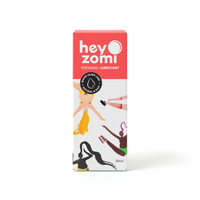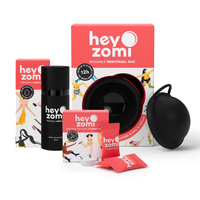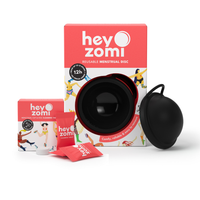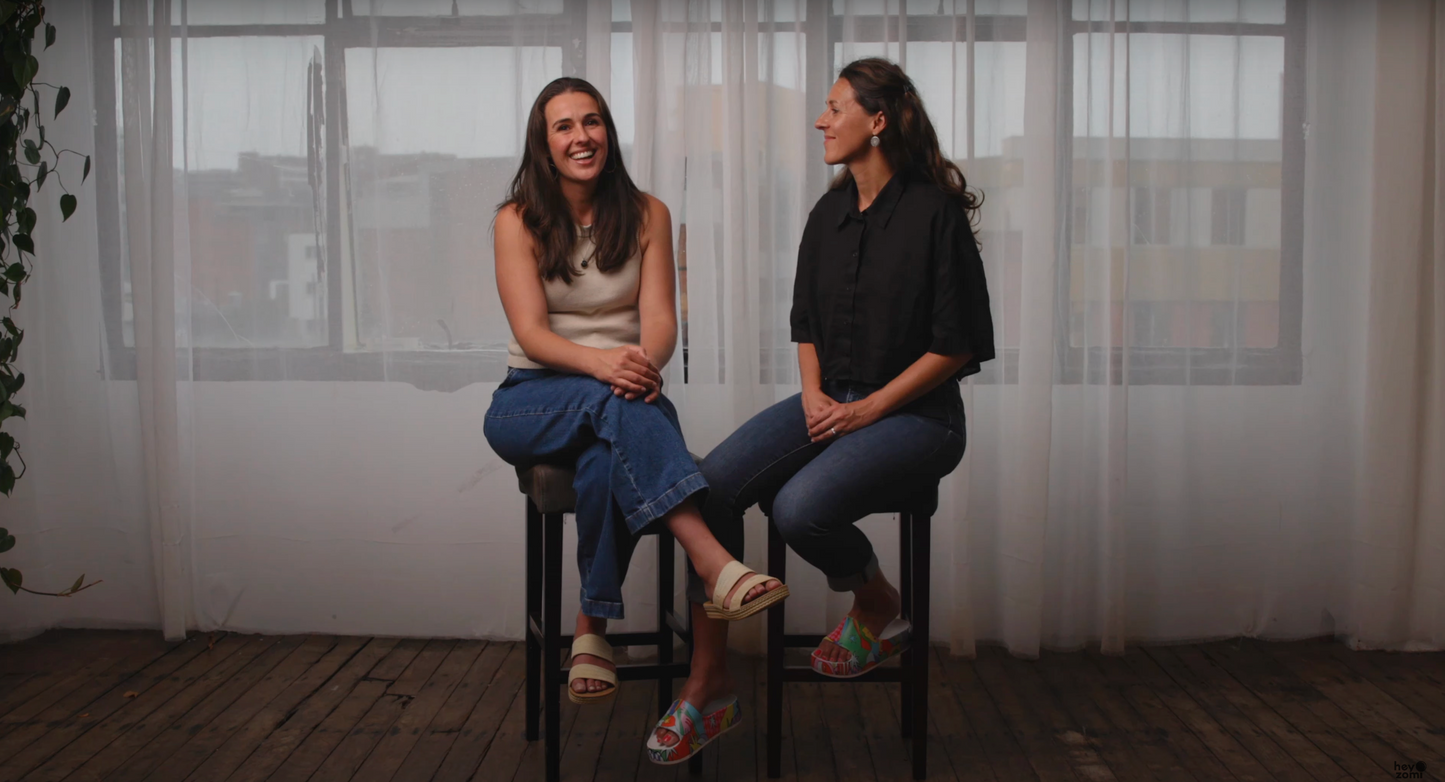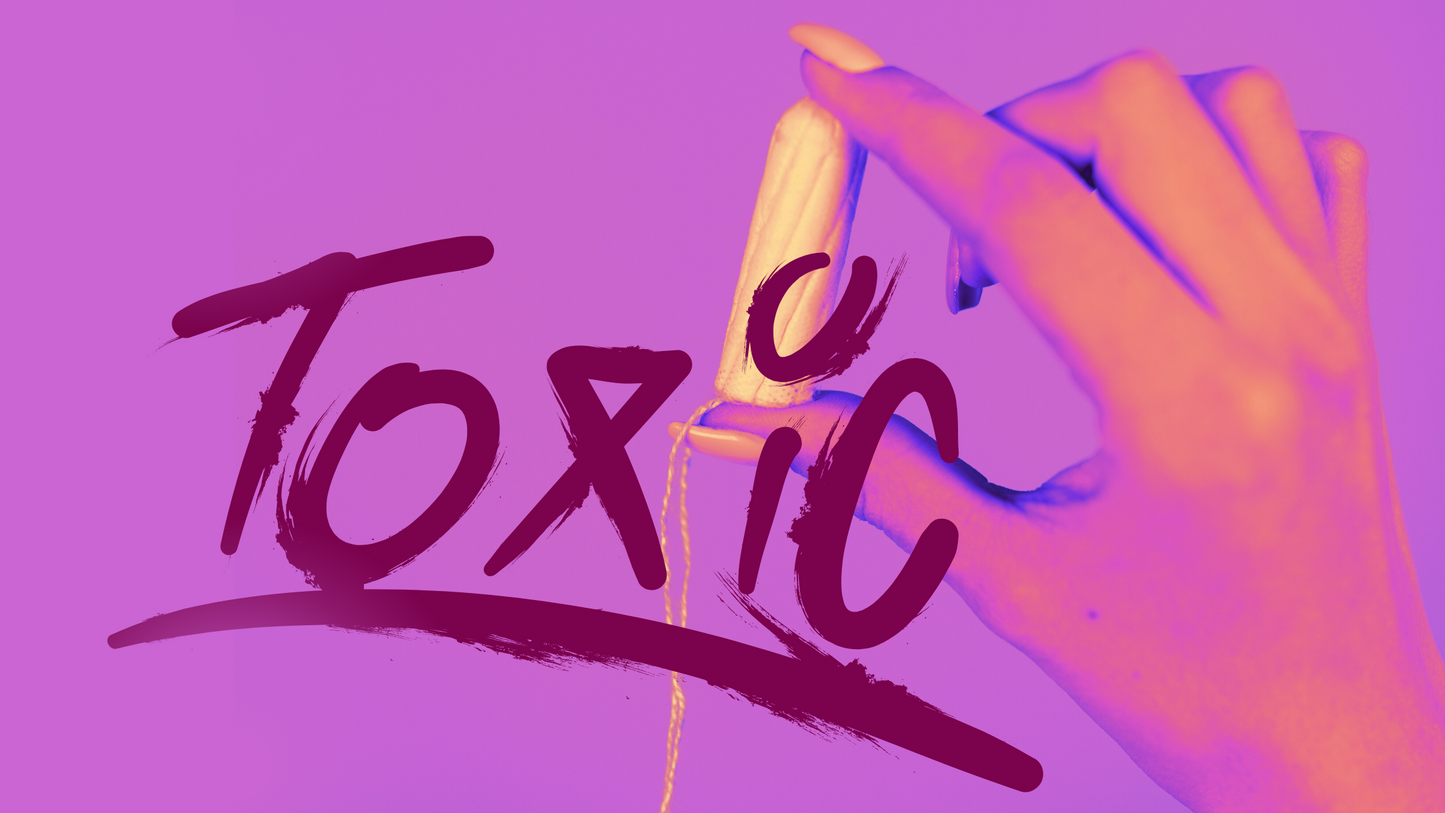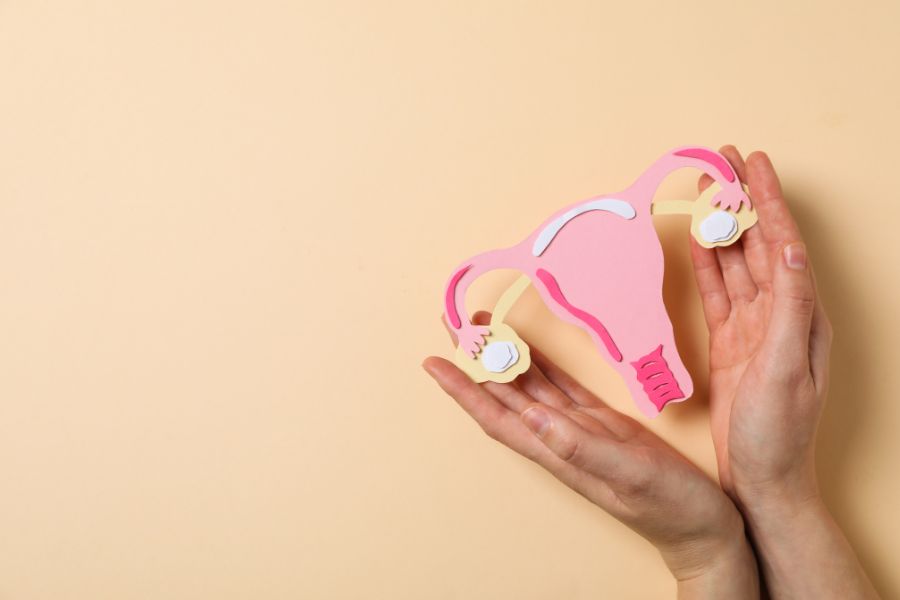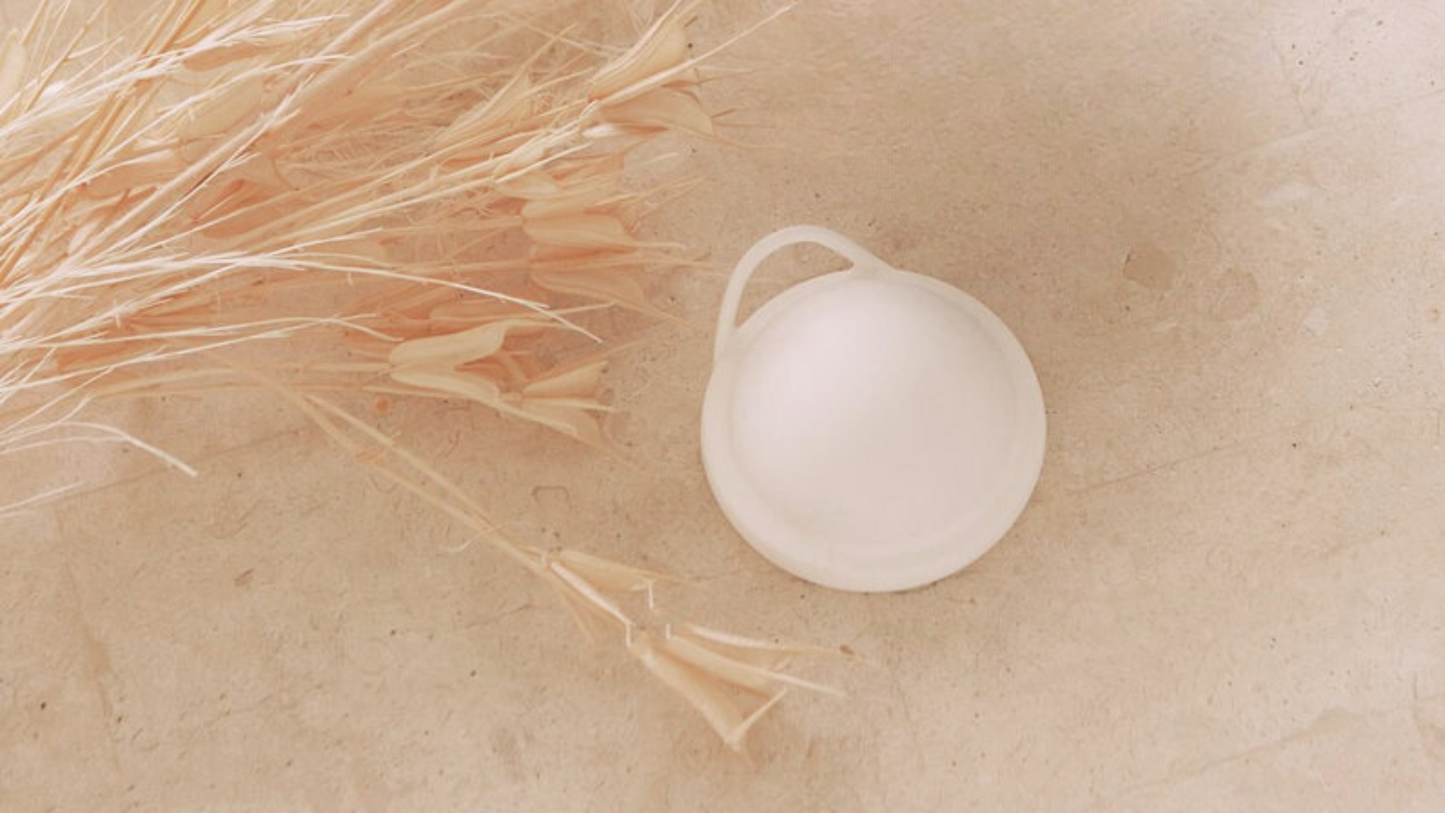
Toxic shock syndrome (TSS) is a rare but serious condition that’s often linked to tampon use – but what about menstrual discs? Googling “TSS menstrual disc” - we get it. So we’ve broken all things TTS down clearly – because no question about your body is ever TMI.
What is toxic shock syndrome (TSS)?
TSS is caused by toxins produced by certain types of bacteria – usually Staphylococcus aureus or Streptococcus pyogenes – that enter the bloodstream and trigger an overactive immune response. It’s very rare but can be life-threatening if not treated early.
According to Better Health Victoria, early symptoms can include:
- A sudden high fever
- Vomiting or diarrhoea
- Muscle aches
- A sunburn-like rash
- Confusion or fainting
It’s important to note that most TSS cases historically have been linked to high-absorbency tampons left in too long – particularly in the 1980s, when tampon materials and regulations were very different.
But TSS isn’t just a tampon-related condition. It can also develop from skin infections, surgical wounds, childbirth, burns, nasal packing, or even insect bites – anywhere bacteria like Staph aureus or Strep pyogenes have a chance to enter the bloodstream. While tampon-associated TSS tends to get the most attention, it actually makes up a small percentage of overall cases. In other words: TSS is about the bacteria, not the product – and it can happen to anyone, regardless of menstruation.
How common is TSS – and should you worry?
Toxic shock syndrome (TSS) is extremely rare in Australia – and even more so when it comes to menstruation-related cases.
A Victorian study found just 62 cases in children over 11 years, or about 5–6 cases per year in the entire state.* An earlier federal study recorded 20 cases across both Australia and New Zealand over four years – reinforcing how uncommon it is.*
Globally, population-level research estimates that TSS occurs in about 0.5 to 1 per 100,000 people per year – or roughly 1 in 100,000.
To put it in perspective: You are more likely to be struck by lightning than to get TSS.
In Australia, the odds of being struck by lightning over your lifetime are around 1 in 12,000 – and that’s still far more likely than developing TSS.
And here’s what matters most: To date, there have been no documented cases of TSS from using a menstrual disc. The risk is extremely low – and that’s thanks to the way discs are designed. Because they’re made from non-absorbent, medical-grade silicone, they don’t trap oxygen or disrupt the natural vaginal environment in the same way tampons can.
Even among menstrual products more broadly, the odds of developing TSS are tiny. But with menstrual discs, the chance is close to zero – as long as you’re following wear-time and cleaning guidelines (more on that below).
How long can you wear a menstrual disc safely?
You can wear your Hey Zomi disc safely for up to 12 hours. This is in line with up to date compliance with the Australian Therapeutic Goods Administration (TGA), which extended the recommended wear time from 8 to 12 hours for reusable period products like discs and cups.
So why 12 hours?
It’s based on safety data, comfort, and hygiene. Wearing your disc longer than 12 hours is not something to worry about, but it is important to clear away blood that is being collected, otherwise it can cause odours or disrupt the microbiome of the vagina.
How to reduce any risk of TSS
Here are some simple steps to keep your disc experience safe and stress-free:
1. Wash your hands
Always before insertion or removal. It’s one of the simplest but most important steps.
2. Stick to the 12-hour rule
Even though discs are super low risk, we still recommend rinsing and reinserting every 12 hours. Our hot tip is to do full removal in the shower morning and night. This will help to avoid mess and allow you to insert your menstrual disc where you are most relaxed.
3. Rinse and reinsert
You can rinse the disc in the shower or sink – no need to sterilise it every time. Just a rinse with warm water (and a bit of water-based lube if you like) is enough before popping it back in.
More on that here: How to use your disc or FAQs
4. Sanitise at the end of your cycle
At the end of your period, sanitise the disc in boiling water, let it dry, and store it in a clean, dry place (like a cotton carry bag) until next time. Easy. Or even better - use our cleaning tablets for ultra convenience. The Hey Zomi cleaning tablets replace boiling, removing 99.9% of bacteria. They also remove stains and odours from period cups and discs.
Should you worry about TSS with discs?
It’s good to ask – but no, you don’t need to worry. The design, material, and wear recommendations for menstrual discs make them one of the lowest-risk internal period products when it comes to TSS.
That said, if you ever feel or notice TSS symptoms (see above in this article) during your period – seek medical attention. While TSS is rare, it is still important to be aware and get help right away.
Stay informed, stay empowered
Your period care should feel good, not scary. And understanding your body – how it works, what to look out for, and how to care for it – is a powerful thing. The Hey Zomi disc was designed to support that: safe, comfy, easy to use, and part of a new era of informed period care.
Still got questions about your disc or TSS? We’ve got you. Visit our FAQs, or message us directly – nothing is ever TMI here.
*References:
- Chen KYH, Cheung M, Burgner DP, Curtis N. Toxic shock syndrome in Australian children. Archives of Disease in Childhood. 2016;101(8):736–740. View study
- Robinson P et al. Toxic shock syndromes in Australia and New Zealand 1990–1994. Communicable Diseases Intelligence. 1996;20(15):336–340. PDF link
